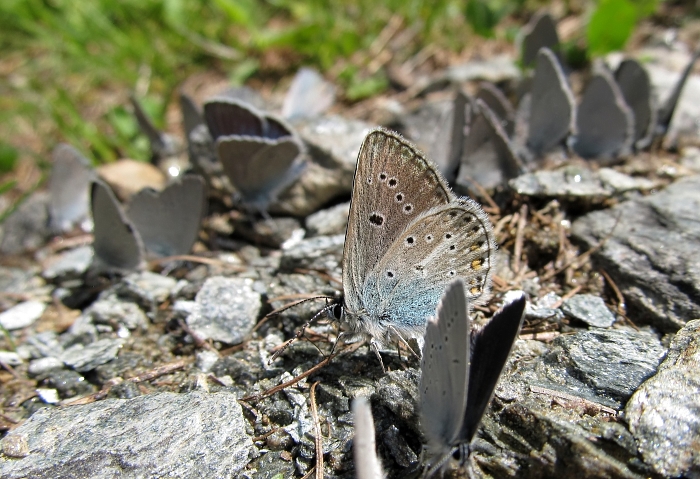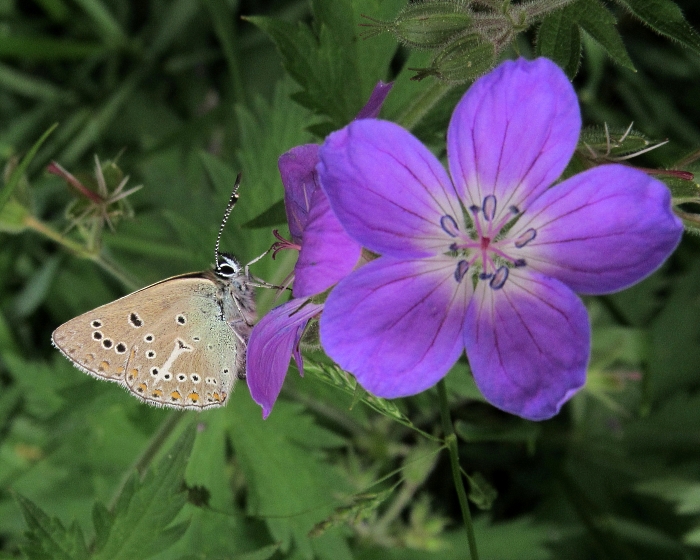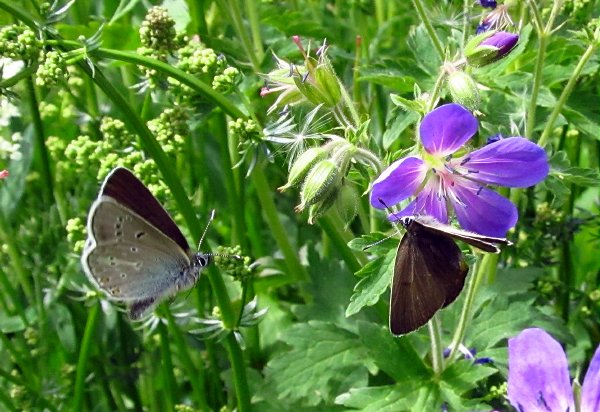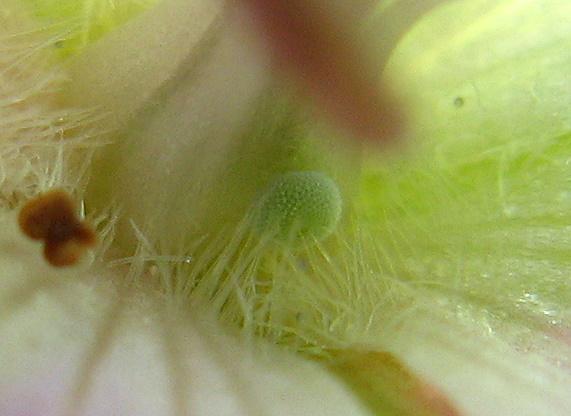
Switzerland, July 2013

Male, with little blues, Switzerland, July 2013

The same male, July 2013
Refresh page if pictures don't load fully:

Switzerland, July 2013

Male, with little blues, Switzerland, July 2013

The same male, July 2013

Male, Switzerland, June 2018

Female, Switzerland, May 2018

Female, Switzerland, May 2018

Switzerland, May 2011

Switzerland, June 2005

Switzerland, May 2005

Switzerland, May 2005

Switzerland

An egg, laid safely against the carpels of a Geranium flower

Another shot of the same egg

Distribution
This is a widespead butterfly
of meadows and woodlands where its foodplant - various species of wild Geranium - grows.
In Switzerland, the predominant choice is Geranium sylvaticum,
a very common plant of alpine meadows. In Spain I have found it more in
association with Geranium
sanguineum.
The sexes are similar, though
the female
usually sports some orange around the trailing edge of the hindwing
upperside. In Spain I have seen individuals with quite a lot of orange
here. The male is all brown above. The underside of both sexes shows a
distinctive white ray from the end of the cell to the submarginal
spots. This does not extend basally beyond the discoidal spot, unlike
that of the silvery argus - another geranium-lover that shares some of
the same habitats. Most significantly, however, this species is almost
always to be found on or very near its beloved geraniums, to the extent
this is a useful field identification feature. It is true males will
take minerals with other blues along chalky tracks, when the white
underside ray is the obvious diagnostic marker, but even then they are
rarely far from geraniums.
The geranium argus is single
brooded,
flying from May until August. It appears to be a hardy species. In 2006
it snowed heavily on 31st May and 1st June, the snow settling thick in
my garden. On 2nd June, as the sun thawed the snow, geranium arguses
began flying again, quite undeterred by the weather. The species
hibernates as a small larva.